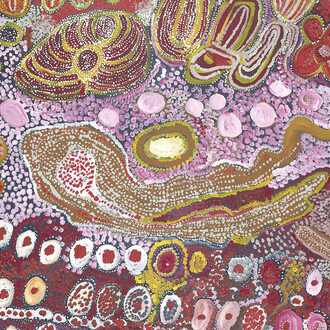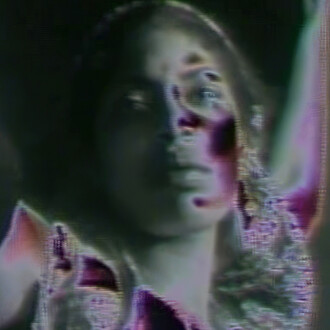Lumia: Thomas Wilfred and the Art of Light restores Thomas Wilfred (1889–1968) to his rightful place in the history of modern art. This pioneering light artist invented a new art form that was among the first successful fusions of modern art and technology. Recognized as radically innovative, he was included in the influential 1952 exhibition 15 Americans at the Museum of Modern Art alongside Jackson Pollock, Mark Rothko, and Clyfford Still. His work continued to resonate with later generations of light and media artists, among them James Turrell, who acknowledge Wilfred’s influence on their own thinking about light and art.
This groundbreaking exhibition features fifteen light compositions, shown together for the first time in nearly fifty years. Wilfred’s spellbinding works, which he referred to collectively as lumia, display ever-changing colored forms against a black background, like an aurora borealis emerging from and disappearing into the night sky. Despite his influential career, Wilfred disappeared from the story of American modernism as his works became hard to maintain and consequently relegated to museums’ storage. Extensive research and reassembly by conservators has made it possible to present the works now in their original form. Lumia brings Wilfred’s avant-garde work back to life for a new generation.
The artworks have various run times, from five minutes, fifteen seconds to approximately nine years, 127 days, eighteen hours. Although Wilfred left specific instructions for their preservation to ensure lumia could be exhibited well into the future, the fragile nature of the earliest objects require that they be turned on and off according to a schedule. Five works in the exhibition are on for set, limited periods of time to protect the components.
















